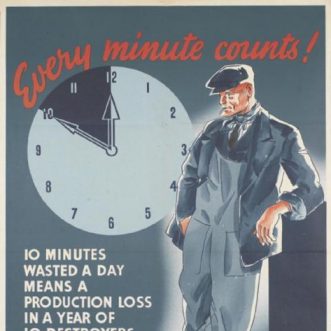
Processes, procedures, workflows
The terms ‘workflow’, ‘procedure”, ‘process’ are often used interchangeably. I think it’s useful to distinguish between them, because they are doing different things.
A workflow does what it says – it describes how responsibility for an activity flows around your organisation as if it was a physical thing moving between departments – a purchase order is raised, goes to X to be reviewed, then to Y to be authorised, then to department Z to be actioned.
A procedure describes the steps needed to complete a specific activity, e.g. Raise Purchase Order, in the same way as a recipe describes how to prepare a specific dish e.g. a Lemon Drizzle Cake. Like a recipe, it assumes you know how to do the steps – whisking an egg-white, or completing a purchase order form.
Processes are like the storylines of a film or novel. As in a film, or novel, each character has their own storyline, and is changed by it. And like a film or a novel, its best to start from the top and work down – to the point where you can define individual scenes or procedures. Unlike a film or novel, an organisation has many individuals playing the same roles, both over time and in parallel, so needs to leave some room for improvisation.
Its relatively straightforward to capture a procedure, or even a workflow, its much harder to capture process. But that’s where the real value is for an organisation, because to live the story, everyone needs to understand the story.








